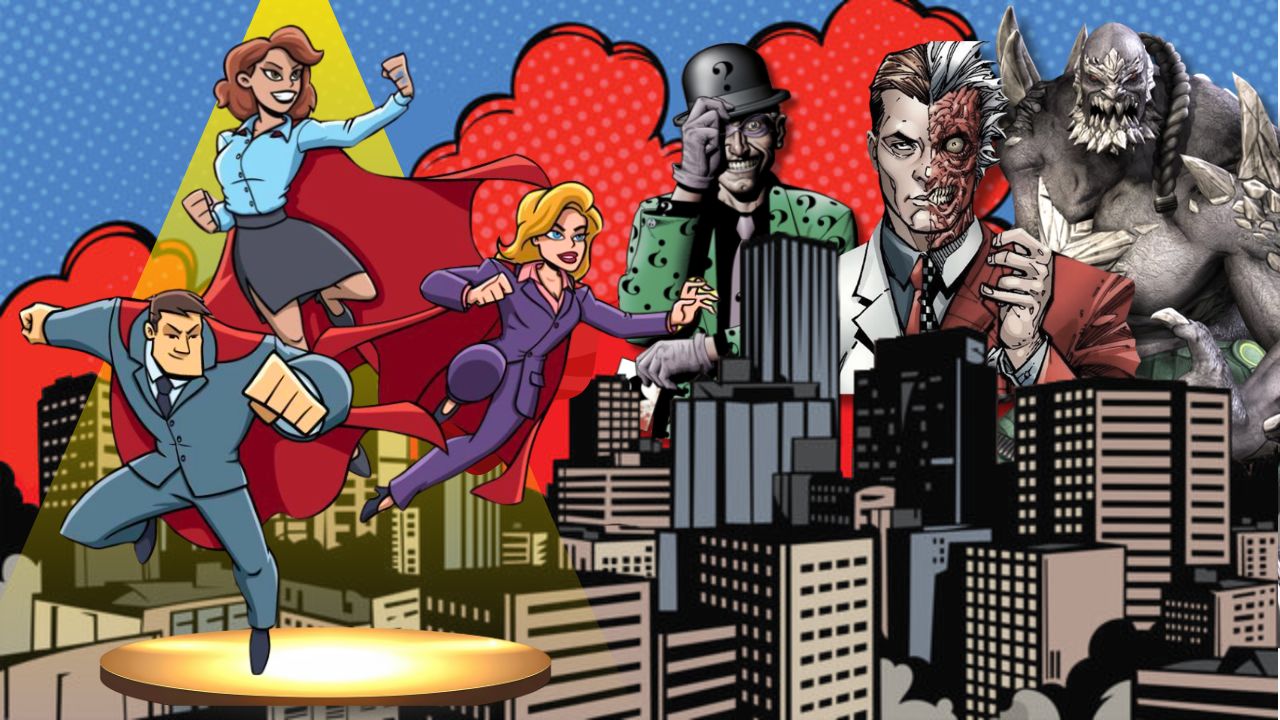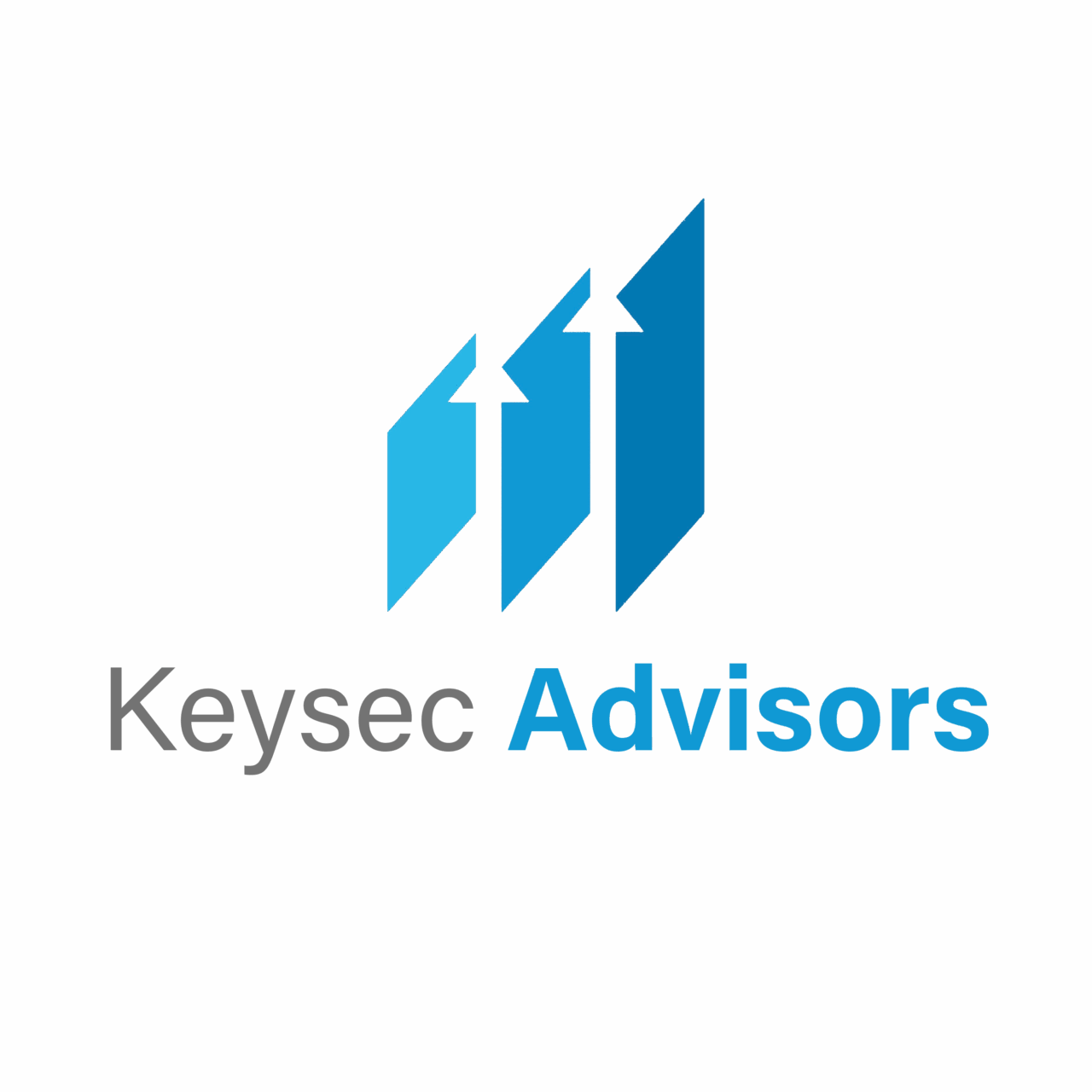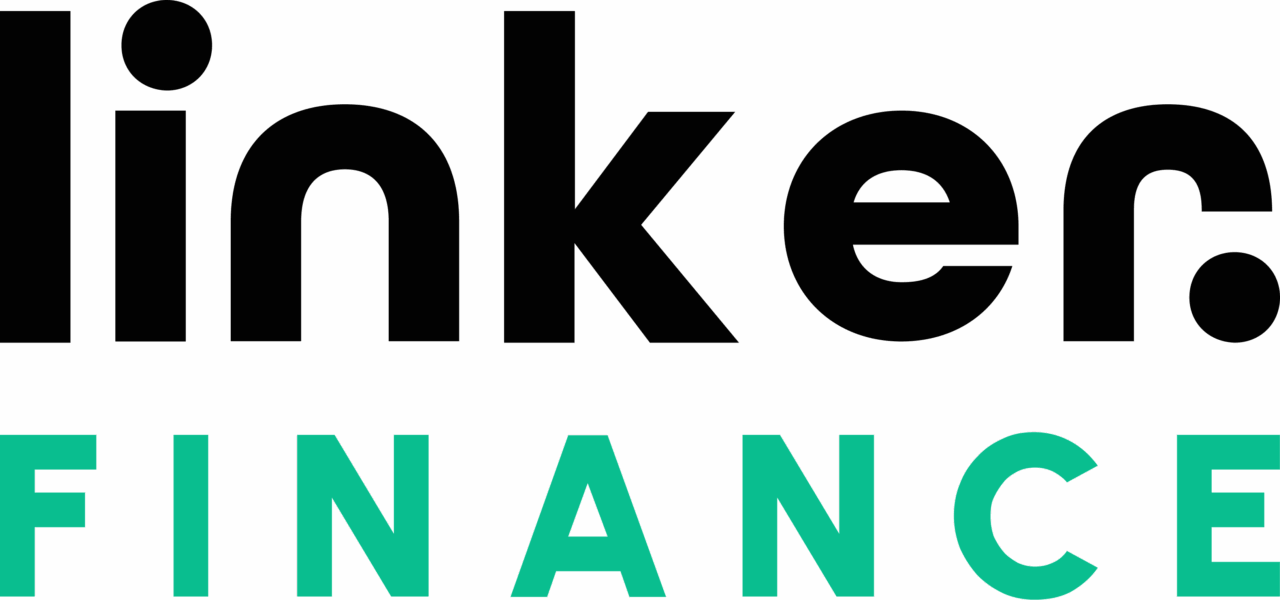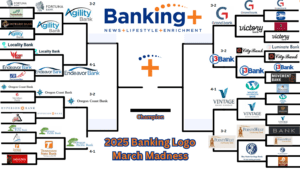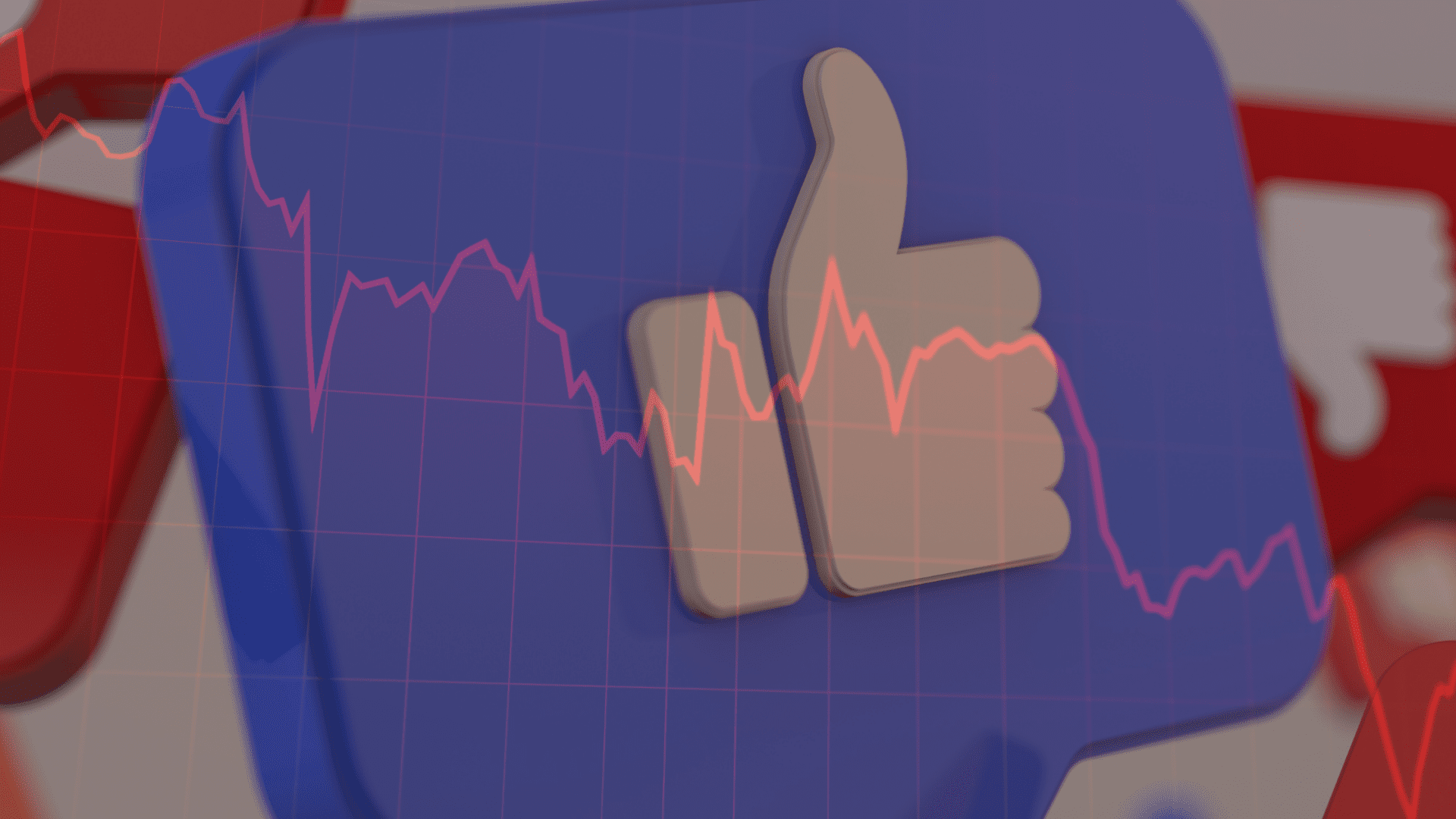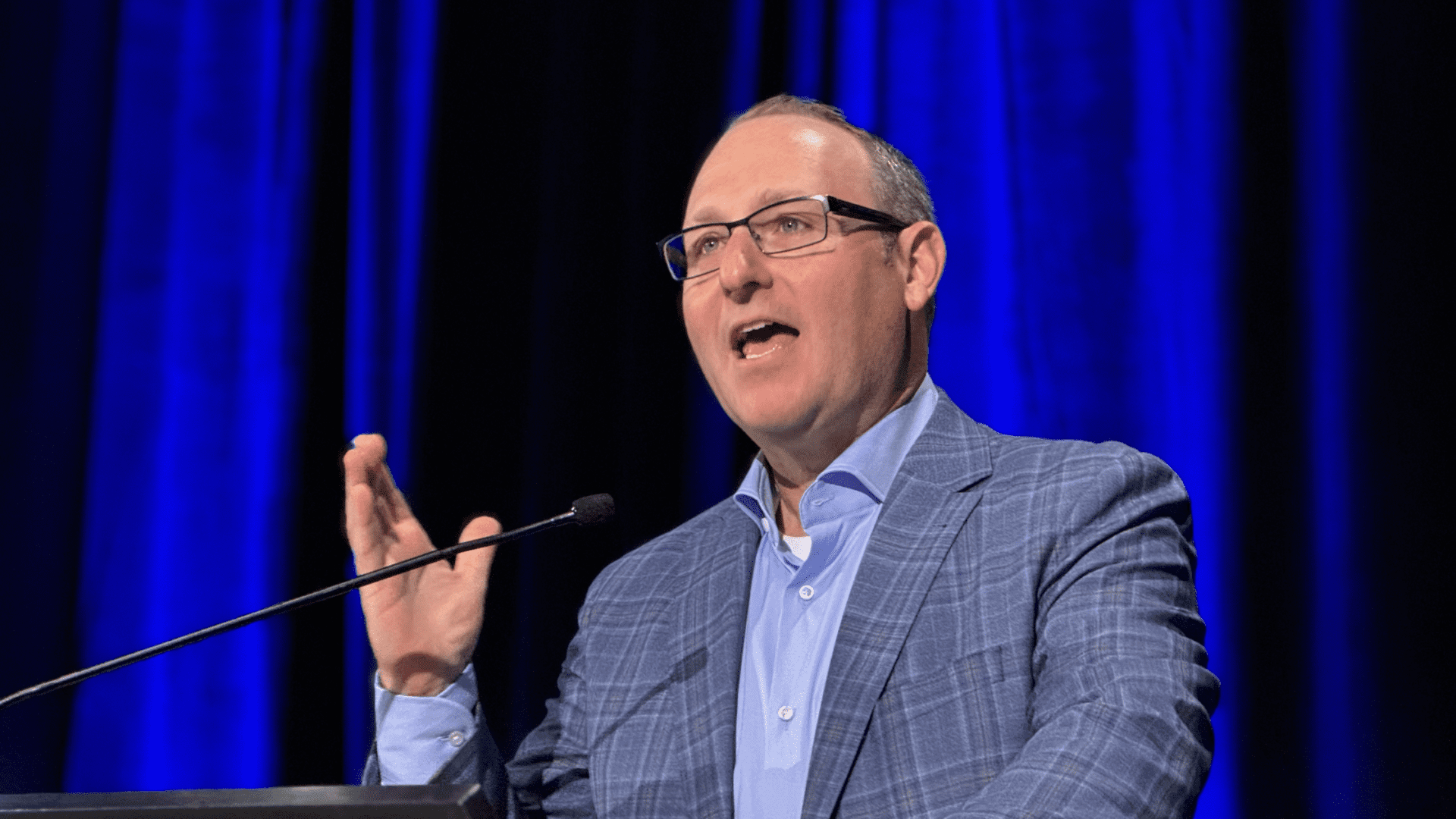Community Banking’s Heroes and Villains: Who Will Save the Industry?
In every comic book universe, the story begins the same way: The world faces chaos, the villains grow stronger, and the heroes, often outmatched, must rise to defend what’s right. Banking in 2025 isn’t so different. From cyberattacks to consolidation, and from regulatory pressures to the rise of fintech disruptors, the industry is locked in a battle for its very identity.
And while no one is donning capes or wielding utility belts, today’s banking leaders are fighting an unmistakably heroic fight against the villains of our time.
Two–Face and the Rise of the Deepfake
If Gotham’s Two–Face were a modern criminal, he’d skip the coin toss and go straight to AI-driven deception. Deepfake banking scams and synthetic identities blur the line between truth and illusion, threatening not just customers but the credibility of entire institutions.
According to recent data from the Federal Trade Commission, fraud losses exceeded $10 billion in 2023, with deepfake technology emerging as one of the most alarming enablers. Community and regional banks (those most reliant on human relationships) are especially vulnerable to digital impersonation schemes that mimic trusted executives or clients.
Fighting this Two–Face requires more than firewalls. It demands training, vigilance, and trust — the very human attributes that define community banking. Because when reality itself becomes negotiable, the banks that still know their customers by name, pattern of speech, mannerisms, etc., become the last line of defense.
The Riddler and the Big Bank Advantage
Every Batman fan knows The Riddler’s game: He manipulates the rules, confuses the truth, and always believes he’s the smartest in the room. In banking, he might resemble the megabanks that influence regulation, scale, and technology to their advantage, while smaller players struggle to compete.
The industry has reached a point at which, as noted by American Banker, the top five U.S. banks control nearly half of all deposits.
The Riddler’s puzzles aren’t unsolvable, but they require the industry’s collective intellect. Regional institutions are learning to collaborate, forming fintech partnerships, investing in shared infrastructure, and building smarter, faster networks to level the playing field. The answer to complex conundrums, it seems, isn’t isolation. It’s alliance.
Doomsday and the Dangers of Power Without Purpose
Superman met his match in Doomsday — a monster born of strength without conscience. The parallel for banking? Unchecked consolidation.
In the race for mergers, efficiency, and market share, some institutions risk losing the cultural DNA that made them strong in the first place. As noted by Bank Director, recent M&A failures often stem not from valuation missteps, but from “integration fatigue”, the erosion of purpose and people amid endless scale.
Growth is not the enemy. But when it becomes the goal rather than the outcome of service, innovation, and vision, the industry edges closer to its own Doomsday moment: powerful, yes, but perilously detached from its humanity.
The Call to Assemble: Banking’s Justice League
Every generation produces its own heroes:
- In the 1930s, it was the local banker who helped farmers survive the Depression.
- In 2008, it was the risk officer who held the line when others chased easy returns.
- And in 2020, it was bankers working around the clock administering PPP loans, a situation covered by Travillian Next.
Today, it might be the digital visionary who safeguards trust in the age of algorithms, or the CEO who insists that growth and integrity can coexist. They’re industry leaders who hire for purpose, build for resilience, and refuse to let cynicism define the industry’s future.
But the world of banking doesn’t just need another Superman — it needs a Justice League: banking executives, technologists, and regulators willing to unite for something bigger than market share.
Because the villains are real. The threats are growing. And the industry’s identity is on the line.
The next chapter must be written by the professionals who choose to lead with clarity, courage, and conviction — the ones who decide that “business as usual” is no longer enough.
Who among us will step forward and become the kind of leader this moment demands?
Follow Banking+ on LinkedIn to stay on top of how you can make a difference in banking.

